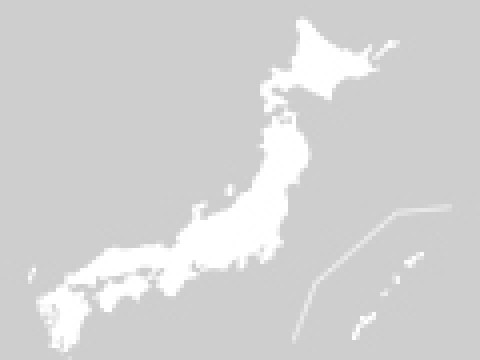Shrine神社[ Jinjya ]
A Shinto shrine (神社, jinja, archaic: shinsha, meaning: "place of the god") is a structure whose main purpose is to house ("enshrine") one or more Shinto (神道, Shintō) kami. Its most important building is used for the safekeeping of sacred objects, and not for worship. Although only one word ("shrine") is used in English, in Japanese Shinto shrines may carry any one of many different, non-equivalent names like gongen, -gū, jinja, jingū, mori, myōjin, -sha, taisha, ubusuna or yashiro. (For details, see the section Interpreting shrine names.)






